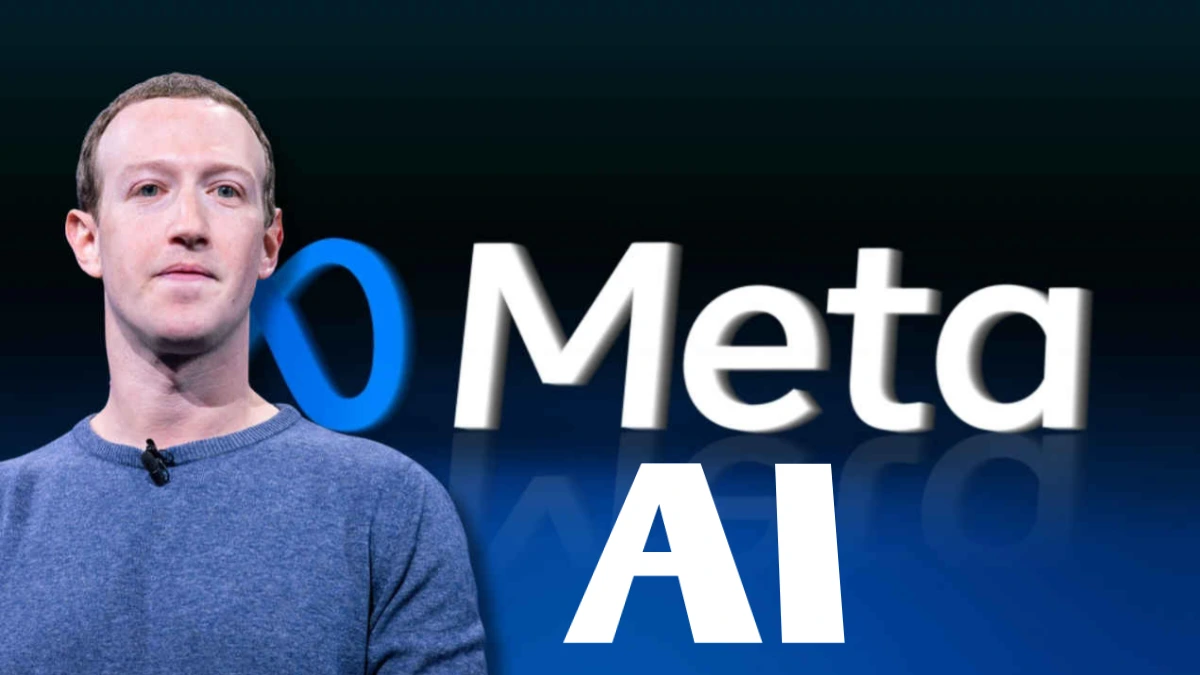WASHINGTON (TECHY QUANTUM) — Meta Platforms Inc. is preparing to eliminate roughly six hundred positions from its artificial intelligence division, according to a report from Axios citing an internal company memo.
The cuts will impact several parts of the company’s Superintelligence Labs, including its long standing Facebook Artificial Intelligence Research (FAIR) unit, along with product related AI and infrastructure teams.
The newly created TBD Lab, focused on developing next generation AI systems, will not be affected by the reductions. Meta has not publicly confirmed the job cuts, and a company spokesperson did not immediately respond to requests for comment.
Meta’s latest reorganization marks one of its most significant internal shifts since the company unified its AI efforts under the “Superintelligence Labs” umbrella earlier this year.
The move came after a series of leadership changes and challenges surrounding its open source Llama 4 model, which reportedly failed to gain the traction executives had hoped for.
In a memo viewed by Axios, Meta’s Chief AI Officer Alexandr Wang wrote that reducing team size would “allow faster decisions, greater accountability, and broader impact for every remaining role.”
The company also told employees that many of those affected would be encouraged to apply for other positions within Meta, with the expectation that most would be redeployed internally.
The decision follows Meta’s $27 billion financing agreement with Blue Owl Capital its largest private capital deal to date aimed at supporting the company’s growing network of AI data centers.
Analysts say this external financing could help Meta scale its AI infrastructure while managing costs during a period of internal realignment.
Analysts view the layoffs as part of a broader recalibration of Meta’s AI strategy rather than a retreat. “Meta is trimming legacy structures that have become too large to move quickly,” said Dr. Priya Menon, a technology analyst at the Digital Strategy Institute.
“By reducing overlap and focusing on core teams, they’re trying to regain the agility needed to compete with rivals like OpenAI and Google DeepMind.”
Others believe the restructuring reflects growing pressure on the company to balance ambitious spending with investor expectations.
“When you promise to spend hundreds of billions on AI infrastructure, every layer of inefficiency comes under review,” said Jonathan Kim, an equity research analyst at FutureTech Insights.
“This isn’t just about saving money it’s about optimizing how Meta builds and deploys AI systems.” Despite the cuts, Meta’s CEO Mark Zuckerberg has repeatedly stated that AI remains at the center of the company’s long term vision.
In July, he said Meta would invest heavily to reach “superintelligence” a theoretical milestone where AI systems could match or surpass human capabilities.
The six hundred positions represent a small portion of Meta’s total workforce but mark the most significant reshuffle within its AI ranks since 2013, when the company launched FAIR and recruited deep learning pioneer Yann LeCun as chief AI scientist.
Earlier in the year, Meta cut around five percent of its global workforce based on performance reviews, reflecting a shift toward efficiency across multiple divisions.
By comparison, other tech giants such as Google and Amazon have also scaled back AI research staff while concentrating resources on commercial AI applications and cloud infrastructure.
The company’s $27 billion Blue Owl Capital deal signals that Meta AI is not retreating from large scale investment. Instead, it appears to be leveraging external capital to accelerate its infrastructure expansion while tightening internal teams.
Employees within Meta’s AI division described the atmosphere as tense but pragmatic. “It’s unsettling, but we’ve been told the company is committed to keeping talent in house,” said a Meta software engineer who spoke on condition of anonymity.
“The AI teams have grown so fast over the past two years that some overlap was inevitable.” A former project manager in Meta’s infrastructure unit added “Meta AI is still one of the most ambitious research programs in the world.
This looks more like a reset a way to align people and projects that directly support the company’s next phase.” Recruiters outside the company believe Meta’s move could ripple across Silicon Valley.
“Whenever a firm of this size reorganizes its AI talent, the market feels it,” said Angela Torres, an independent tech recruiter. “Some displaced engineers will find roles internally, but others will be quickly absorbed by startups and rival labs.”
Industry watchers expect Meta to focus on building large scale data infrastructure and AI systems that can power both its consumer products such as Facebook, Instagram, and Threads and its broader metaverse initiatives.
The restructuring may also pave the way for a more tightly integrated AI strategy across the company’s platforms. “The next twelve months will show whether Meta’s leaner AI unit can deliver results at the pace the market expects,” said Dr. Menon.
“If they manage to do more with fewer people, this could become a model for other big tech firms facing similar pressures.” However, the challenge remains balancing innovation with cost efficiency.
Large scale AI development requires not only cutting edge infrastructure but also sustained research talent something that layoffs can easily disrupt if not carefully managed.
Meta’s decision to cut about six hundred jobs in its Superintelligence Labs underscores the company’s shifting priorities as it seeks to streamline operations and enhance focus in its AI division.
While the reductions mark a notable contraction in headcount, Meta continues to pour billions into AI infrastructure, signaling its long term commitment to advancing machine intelligence.
Whether the company’s strategy of “doing more with less” will pay off remains to be seen, but for now, Meta’s restructuring represents a pivotal moment in how one of the world’s largest technology companies is redefining its approach to artificial intelligence.

